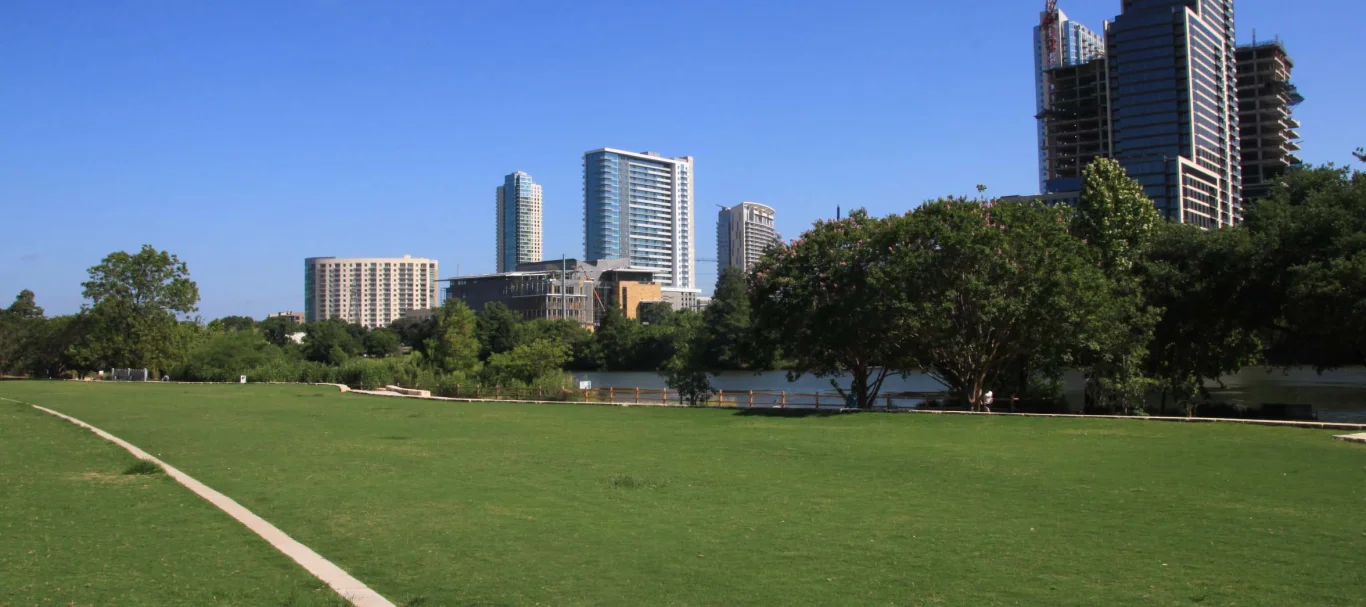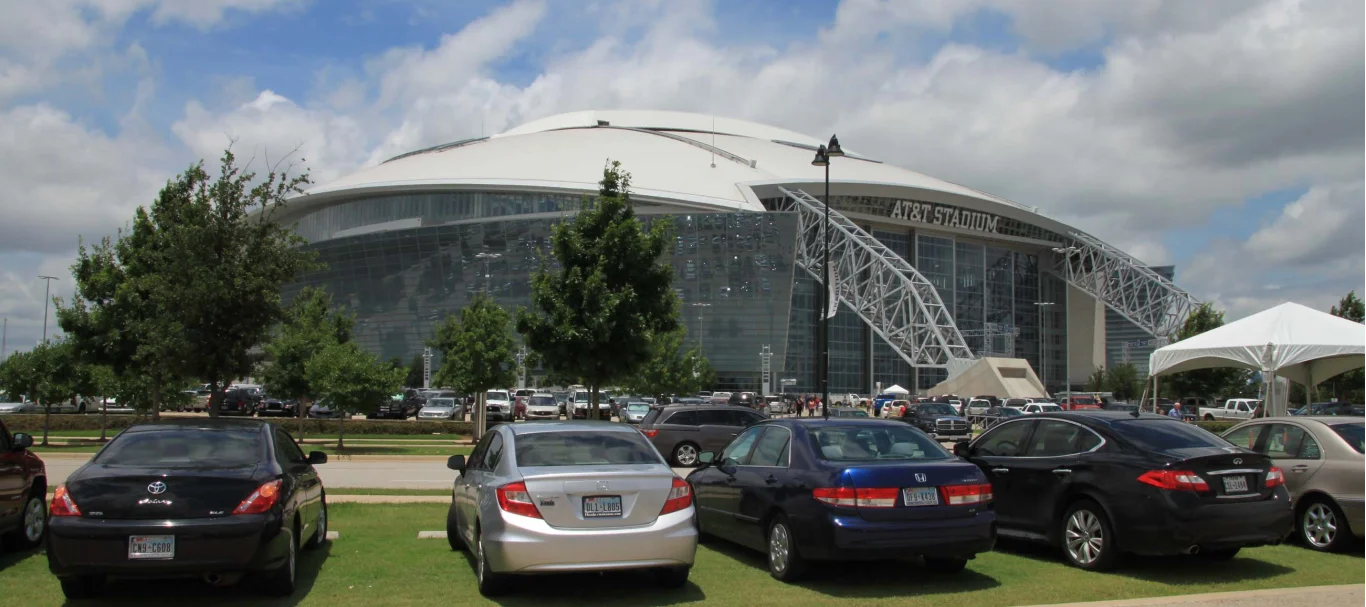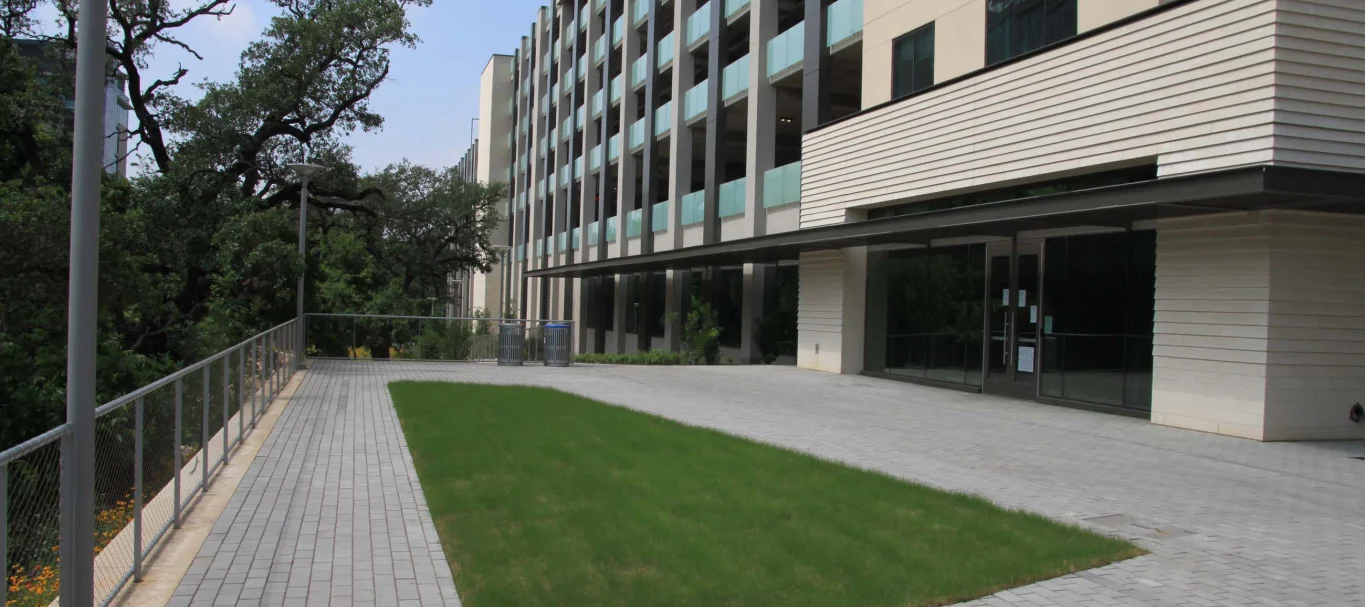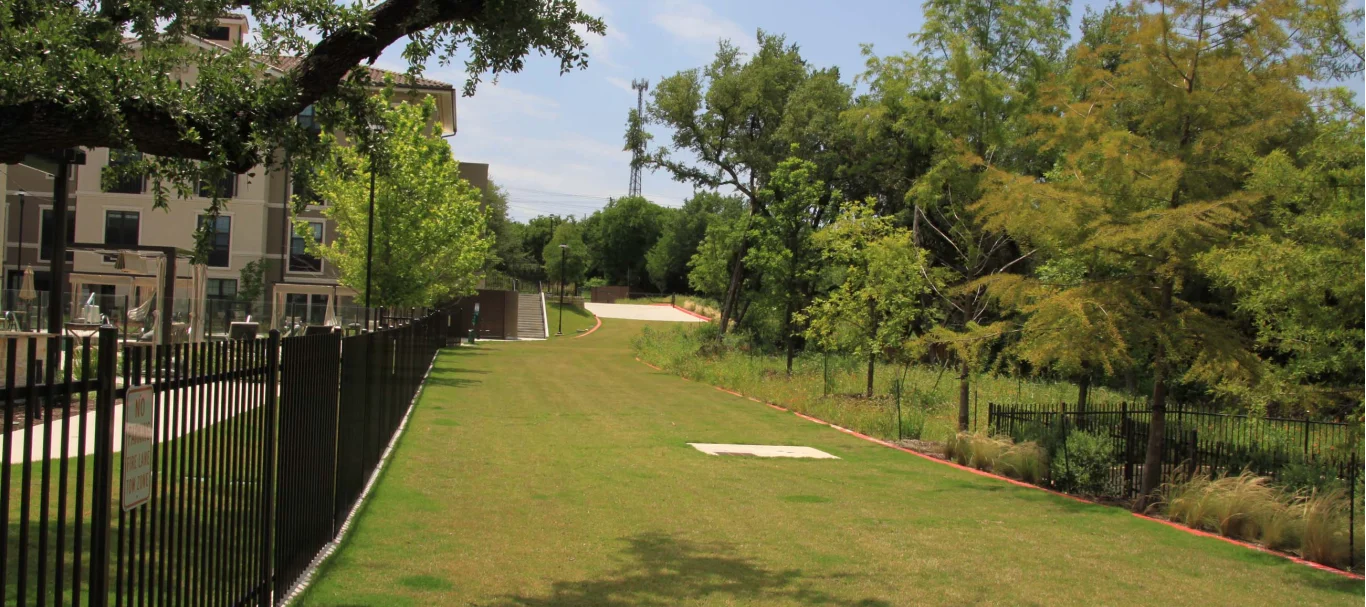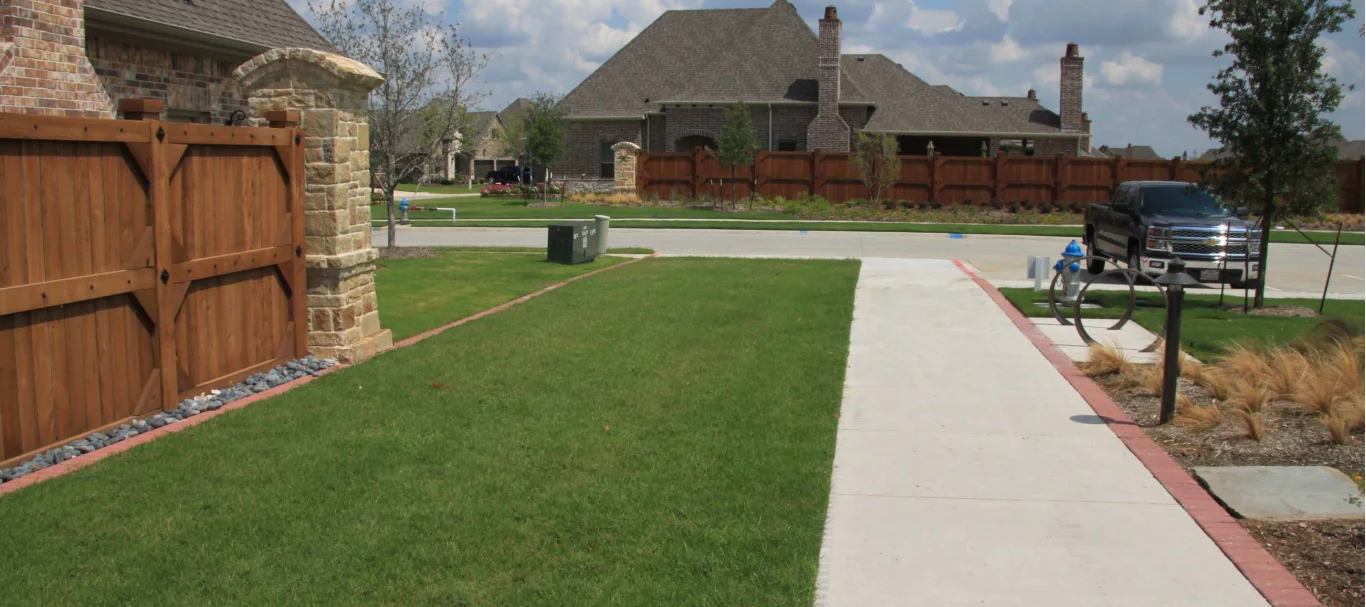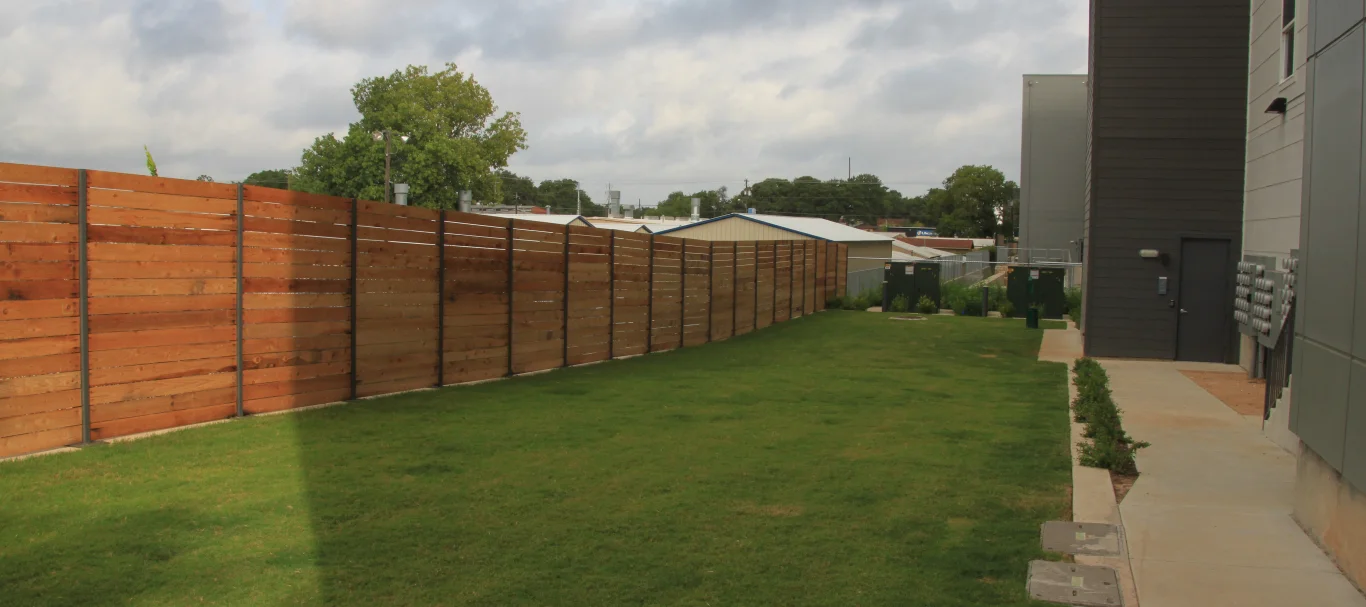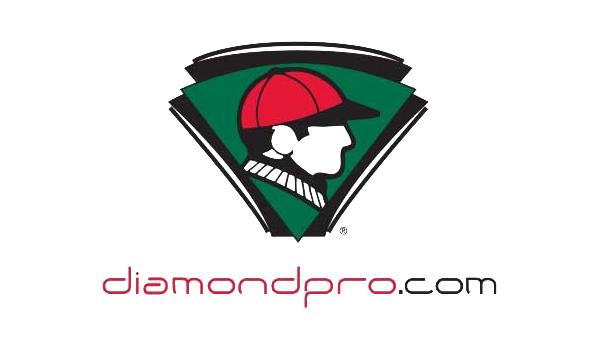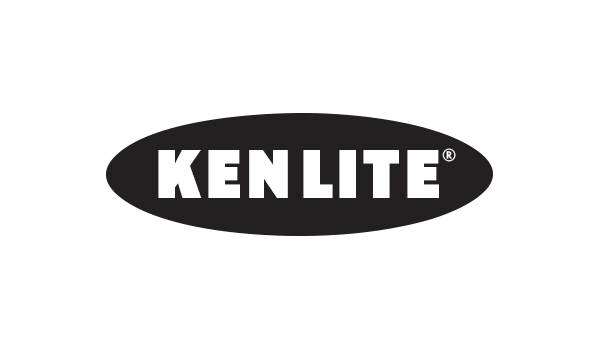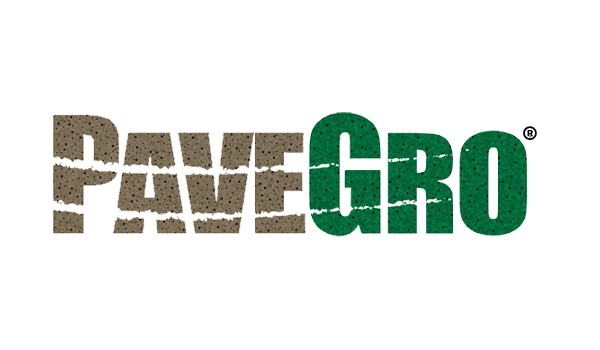PaveGro®
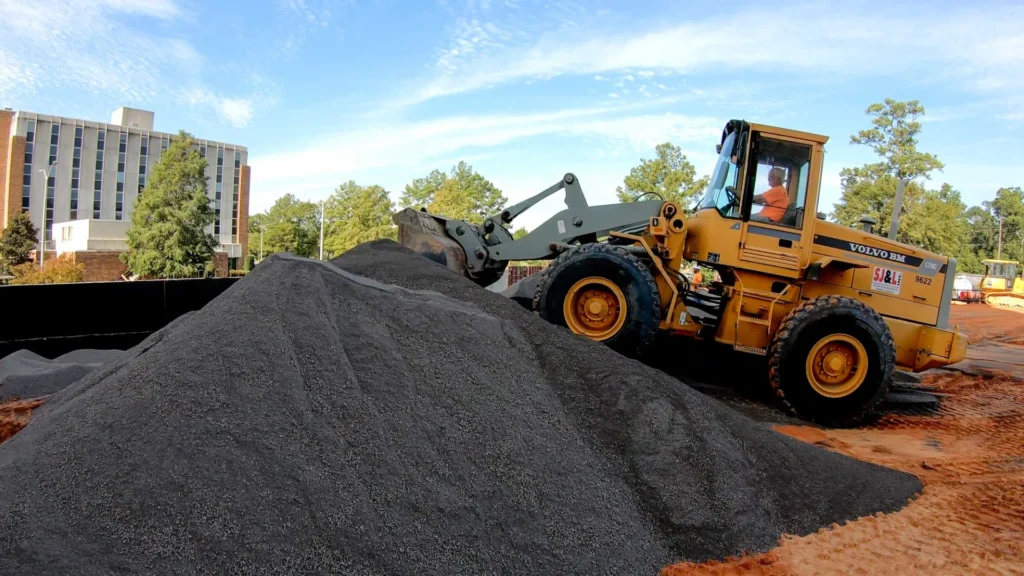
PaveGro™

PaveGro is a proprietary blend of expanded shale and clay aggregates and a select soil produced by Arcosa Lightweight. It is used as a permeable pavement material for overflow turf parking and fire lanes, emergency access routes and maintenance pathways.
Why Use It?
PaveGro has a deep structural “growing profile” and it promotes healthy turfgrass over the long term. It is a natural and environmentally responsive solution that reduces both the heat island effect and stormwater runoff. Savings are achieved over other labor intensive systems that utilize shallow plastic or concrete grid structures for soil containment and root development.
Turf Selection
Turf with vigorous root and spreading characteristics increase the functionality of the PaveGro media and helps crowd out unwanted weeds. As with other systems, minor blade tissue damage can be expected from the sharp turning of wheels and/or skidding of tires. Sodding is recommended and sand-backed-sod improves the infiltration characteristics over clay-backed-sod by almost twofold.
PaveGro Testing Summary
Intermediates 5/8” x 3/16”
| TEST METHOD | PROPERTY | TESTING RESULT |
|---|---|---|
| ASTM D-4254 | Dry Loose Density (Minimum Density) | 28.6 – 47.5 lb/ft³ |
| ASTM D-4253 | Dry Compacted Density (Maximum density) | 37.5 – 58.7 lb/ft³ |
| ASTM-E2399 | Maximum Media Density | 45.8 – 80.01 lb/ft³ |
| ASTM D 698 | Bulk Density* | 35.9 – 59.9 lb/ft³ |
| ASTM E2396 | Water Permeability | 36. – 59.1 lb/ft³ |
| ASTM-C88 | Soundness of Aggregate (Magnesium Sulfate) | 1.3% – 5.3% Weighted Loss |
| ASTM-C131 | L.A. Abrasion (D Grading) | 14% Loss |
| ASTM-C29 | Void Content (Shoveling Procedure) | 33% – 47% |
| ASTM D4972 | pH of Soil (Method A, pH Meter) | 9.9 – 10.2 |
| AASHTO T291 | Chloride Content | 6 – 70 mg/kg |
| AASHTO T290 | Water-Soluble Sulfate Ion Content in Soil | 184 – 2220 mg/kg |
| ASTM C25 | Calcium Carbonate (CaCO3) equivalence (Wt.% Dry Basis) | 0.86 – 2.04 |
| ASTM F1647 | Total Organic Matter, by loss on ignition (Wt.% Dry Basis) | 0.26 – 0.22 |
| ASTM-C136 | Grain Size Distribution (Sieve Analysis) | See Below |
Percent Passing 3/8” sieve, 89.0% | Percent Passing ¼” sieve 8.1% | Percent Passing #18 sieve 6.0%
Edge Containment
It is important to have a solid outside edge to compact the PaveGro against and most installations are placed in a 6-8” deep excavation for this purpose. For fire lanes, concrete edging is recommended for visibility of the fire lane edge. Both installation techniques rely on edge containment for compaction and strength.
Other Components
Above the compacted subgrade lies a thin geo-grid membrane (e.g. Tensar TriAx 160 or equivalent) and in fire lane applications, a 2” layer of 1” stone is also recommended.
Analyze Site
A thorough site investigation should be performed to define underground utilities and construction staging and access. Subsurface soil characteristics should be studied and recommendations provided by a licensed engineer to modify the PaveGro profile if needed. For watersheds that drain onto a PaveGro route, diversion swales are recommended.
Gradations:
PaveGro™ comes in a variety of standard gradations including Medium, Coarse and Fine which can also be blended for custom conditions.







